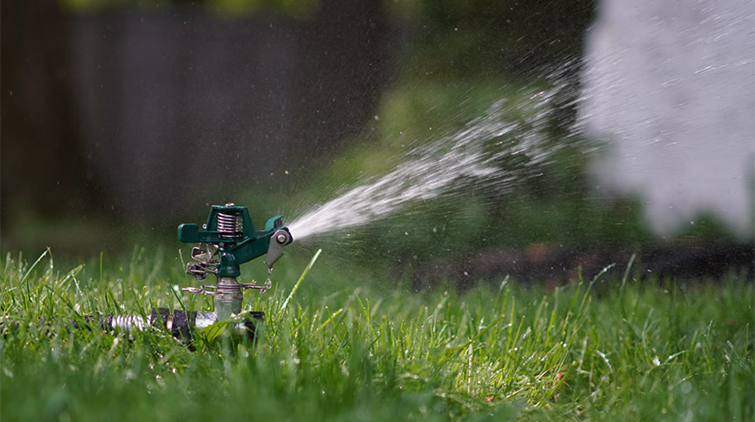
Racial Disparities in Drinking Water Contamination Risk from Oil and Gas Wells in Los Angeles County
Approximately 500,000 residents in Los Angeles County live within half-a-mile of an active oil or gas well. Recent epidemiologic studies have suggested possible public health impacts associated with residential proximity to oil and gas development (ODG), and several U.S. studies have also found disproportionate oil and gas-related toxic exposure and health risks among racially and socioeconomically marginalized groups, suggesting environmental justice concerns.
Award Year













